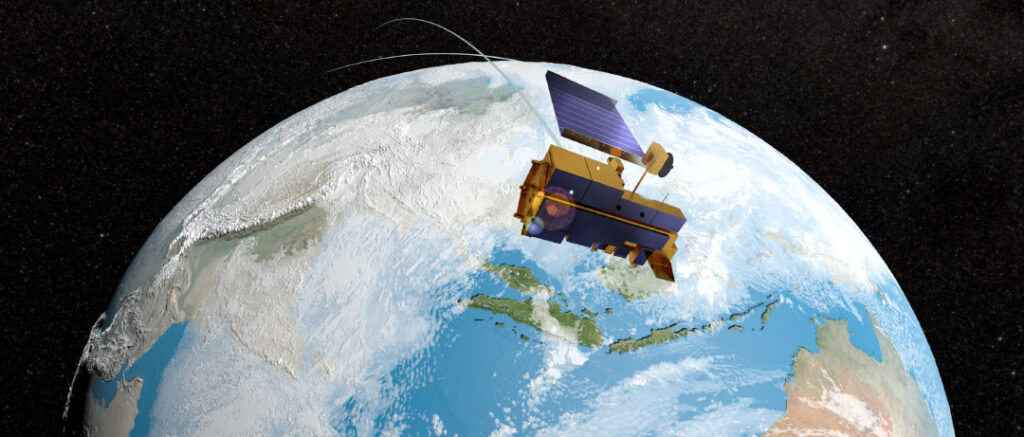
Impacts will be minimal, but noticeable in data and imagery. Longer shadows will be visible in images, especially in images of mountain landscapes. The sensors’ views will become narrower leading to smaller swath widths as Terra drifts to an earlier crossing time.
The effects will be most noticeable in ASTER imagery, which has the narrowest width of any of Terra’s sensors because of its higher resolution imagery, but each of Terra’s sensors will be impacted.
Impacts to science is expected to also be minimal and could prove beneficial to some areas of research, like land morphology, surface temperature, and how measurement time impacts climate data sets.
Impacts to Data and Impacts to Science are currently being researched and assessed. Researchers who have been impacted by these changes are encouraged to contact us.

